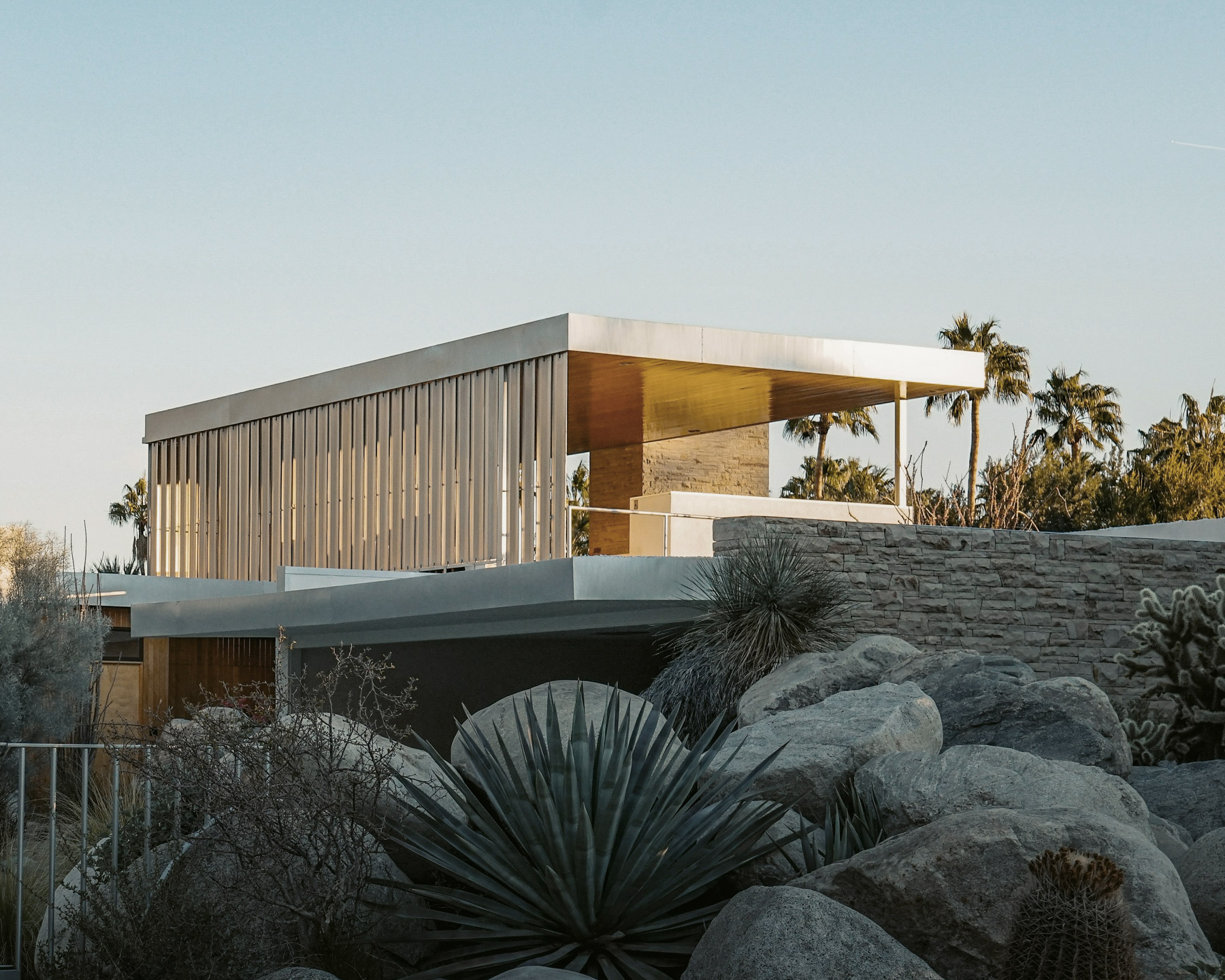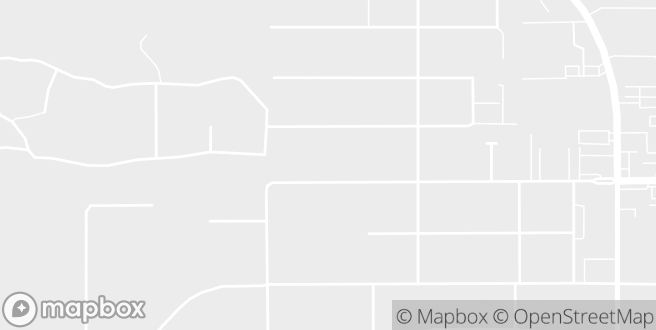The Kaufmann Desert House, also known simply as the Desert House, was designed and built in 1947 by the renowned architect Richard Neutra in Palm Springs, California. The building was commissioned by Edgar J. Kaufmann, an influential department store owner. A decade earlier, Kaufmann had commissioned Frank Lloyd Wright to design the iconic Fallingwater estate, and he now turned to Neutra to realize his vision of a modern desert residence.
The residence was designed to be a retreat for the Kaufmann’s and the design of Richard Neutra set new standards in modern architecture. The house is characterized by a clean, horizontal structure that impresses with its use of steel, glass and stone. These materials were carefully selected to blend organically into the desert landscape without detracting from its natural beauty.
Blending of Architecture and Nature
The house itself is designed as a cross, with the central element forming an open living and dining room. The east-west orientation captures natural light, allowing residents to enjoy both sunrise and sunset. Four wings extend from this central point, housing bedrooms, a kitchen and guest rooms. The generous sliding glass doors blur the boundaries between inside and outside, creating a deep connection with the surrounding nature.

Neutra was a master at integrating the harsh beauty of the desert into his architecture. The horizontal roof seems to float on the glass walls, giving the house a floating lightness. A pool, located on a slightly lower level next to the house, reflects the structure and enhances the aesthetic appeal of the property.
After Edgar Kaufmann’s death in 1955, the Desert House changed hands several times before falling into disuse and being purchased in 1992 by real estate agent Brent Harris and his then wife, Beth, an architectural historian. The couple restored the house with great care, returning it to its original condition. They used photographs taken by the renowned photographer Julius Shulman in 1947 as the basis for the renovations.
The restoration also transformed the surrounding garden back into a desert-like environment, just as it was in Neutra’s time. In addition, a discreet heating, air conditioning and ventilation system was installed and a new pool pavilion was built.
The Kaufmann Desert House is now considered one of the most important American buildings of the 20th century and an outstanding example of modern architecture. Even when viewed from a distance, the building’s perfect aesthetics remain unmistakable.

